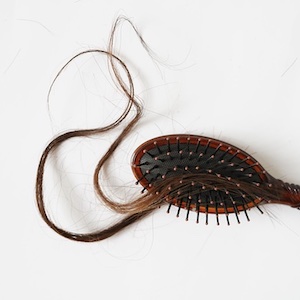 Smart Citations
Smart CitationsSee how this article has been cited at scite.ai
scite shows how a scientific paper has been cited by providing the context of the citation, a classification describing whether it supports, mentions, or contrasts the cited claim, and a label indicating in which section the citation was made.
Urotensin II promotes the proliferation and secretion of vascular endothelial growth factor in rat dermal papilla cells by activating the Wnt-β-catenin signaling pathway
Introduction. Urotensin II (U II) is a kind of active peptide with a variety of biological effects, such as promoting cell proliferation and endocrine effects. The aim of this study is to investigate the effect of urotensin II on the proliferation and secretion of vascular endothelial growth factor (VEGF) in cultured rat dermal papilla cells (DPCs), and to explore its molecular mechanism. Materials and Methods. We used the DPCs isolated from the thoracic aortas of Wistar-Kyoto rats to run the CCK8 and ELISA assay, RC-PCR and Western blotting techniques to identify the effect of Urotensin II on the proliferation and secretion of VEGF in DPCs, data were analyzed by one-way ANOVA or t-test. Results. U II can increase the mRNA expression of proliferation markers Ki67 and PCNA. In addition, the Wnt/β-catenin pathway was activated by U II, but Wnt inhibitor DKK1 reversed the effect of U II. Conclusions. U II promoted the proliferation and secretion of VEGF in rat DPCs through activation of the Wnt-β-catenin signaling pathway.
Downloads
Supporting Agencies
This work was supported by the Special Fund for Economic and Scientific Development in Longgang District, Shenzhen City, Guangdong Province (No. LGWJ2022-32).How to Cite

This work is licensed under a Creative Commons Attribution-NonCommercial 4.0 International License.
PAGEPress has chosen to apply the Creative Commons Attribution NonCommercial 4.0 International License (CC BY-NC 4.0) to all manuscripts to be published.

 https://doi.org/10.4081/itjm.2023.1607
https://doi.org/10.4081/itjm.2023.1607





